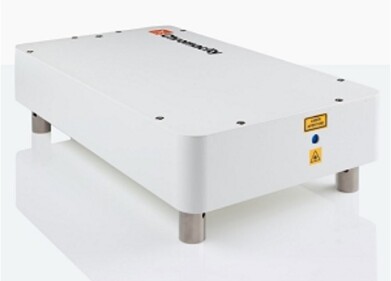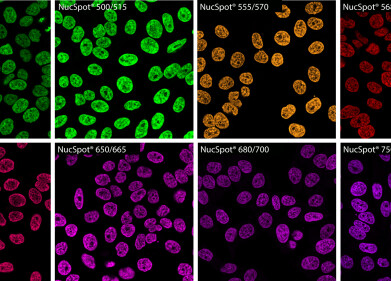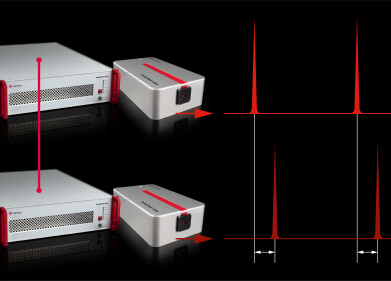Microscopy & Microtechniques
Plastic Beverage Bottles
Mar 25 2010
Consumers encounter beverages packaged in plastic (polyethylene terephthalate) bottles daily. The launch of the new packaging material provision clearly influenced the further purpose of the plastic bottles after their use as packaging. The waste manager is now confronted with the task of processing these materials. For this purpose plastic bottles are shredded. This process creates pieces (so called flecks) of an average size of 3 x 12mm and also a very fine dust. With a suitable cleaning process, the shredded product is washed absolutely clean.
The separation from other plastics, for example PP (polypropylene) or PE (polyethylene) from which mostly the screw tops are made, is accomplished in the sink and suspension method with a density separation. After the drying process the paper labels may also be removed by the blowing off process. The flecks are sold in this state by the recycling firms. For further processing the fine share must be extruded and the emerging granulates are then also sold.
The production of higher quality products from this recycled material requires a broad analytical evaluation. For this purpose a comminution of the flecks as well as the granules is necessary. The evaluated parameters are among other factors - the degree of polymerisation and the colour. A statement about the degree of polymerisation and therefore a mechanical or thermal damage is obtained via the determination of the melt-flow-index.
This determination is a wide spread method in the field of chemical polymers. The measured value depends on the particle size. The colour is determined via the white level measurement. But the measured data is
greatly dependent on the reflected light and therewith also on the particle size. Therefore, prior to the determination of the melt-flowindex and before the measurement of the
white level, the samples always must be prepared in a reproducible manner.
Utilised for the defined preparation of the samples is the variable speed rotor mill PULVERISETTE 14 from Fritsch, inclusive the impact rotor with 12 ribs and a sieve with 1mm mesh width. The rotational speed
control for the cutting rotor is for the achievement of the reproducible results immensely important.
Mostly with polyethylene terephthalate Fritsch recommend working with 16.000 r/pm. Tests by the users in this concrete case lead to the settings of lower rotational speeds. Dependent on products and testing parameters, the optimum rotational speed was set between 10.000 and 14.000 rpm. These low rotational speeds of the rotors minimise the mechanical, respectively the thermal demands during the comminution. Consequently a lower throughput is to be expected.
Digital Edition
Lab Asia 31.6 Dec 2024
December 2024
Chromatography Articles - Sustainable chromatography: Embracing software for greener methods Mass Spectrometry & Spectroscopy Articles - Solving industry challenges for phosphorus containi...
View all digital editions
Events
Jan 22 2025 Tokyo, Japan
Jan 22 2025 Birmingham, UK
Jan 25 2025 San Diego, CA, USA
Jan 27 2025 Dubai, UAE
Jan 29 2025 Tokyo, Japan



















